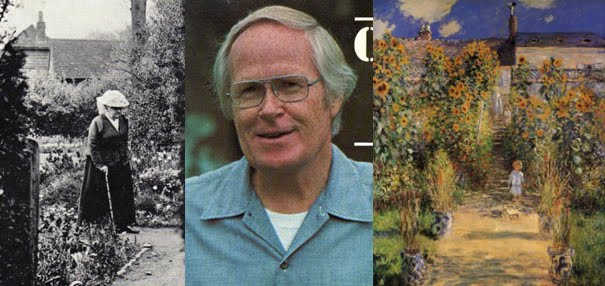August 11, 2012
Well, we were out looking over our trees for those to cut
down. Our trees are very mature and they (and our neighbor’s trees) have
changed the sun patterns. Now that I am trying to re-establish my gardens, what
use to be sun or shade, may or may not be so anymore! So it is time to take
down some trees. There is also another reason that we and the neighborhood are
thinning out trees—the amount of trees coming down in all the heavy rains and
winds that we have had this year makes a person less loving of all the trees.
Fortunately, our trees are mostly oak, so we get very nice firewood as a side
benefit. | View of some of our very tall trees! |
| More very tall trees! |
August 22, 2012
We had a number of trees taken down or pruned yesterday. Now
I am looking over my “new” landscape—what a difference! I hope my gardens like
it as much as I do! Of course, I will have to wait until next year to really
see the sun patterns, but it looks so much better, and there are a number of
old, mangy looking trees that are no longer here. ~~~~~~~~~~~~~~~~~
Sorry, I have not been blogging very much this summer--it has been a crazy summer. I will try to be a better "blogger"!


